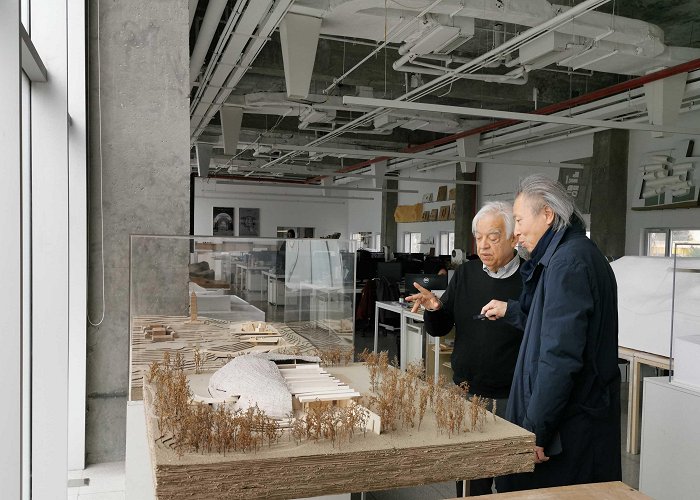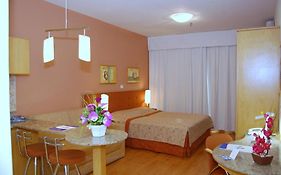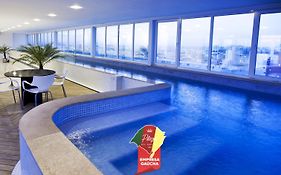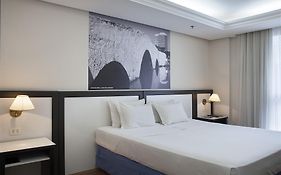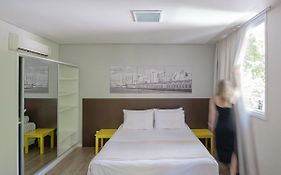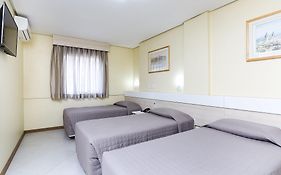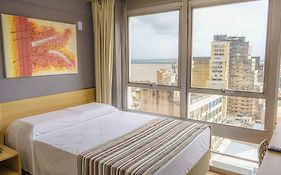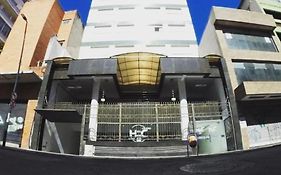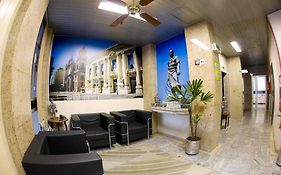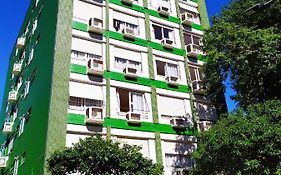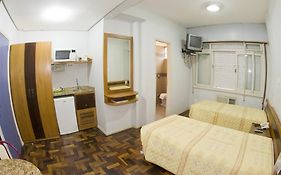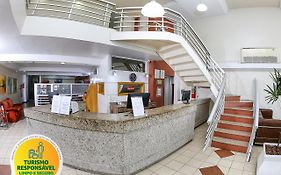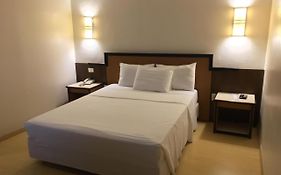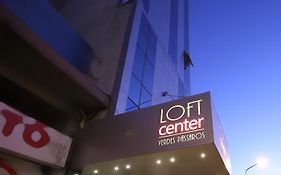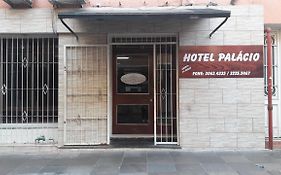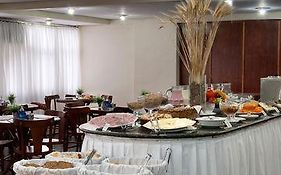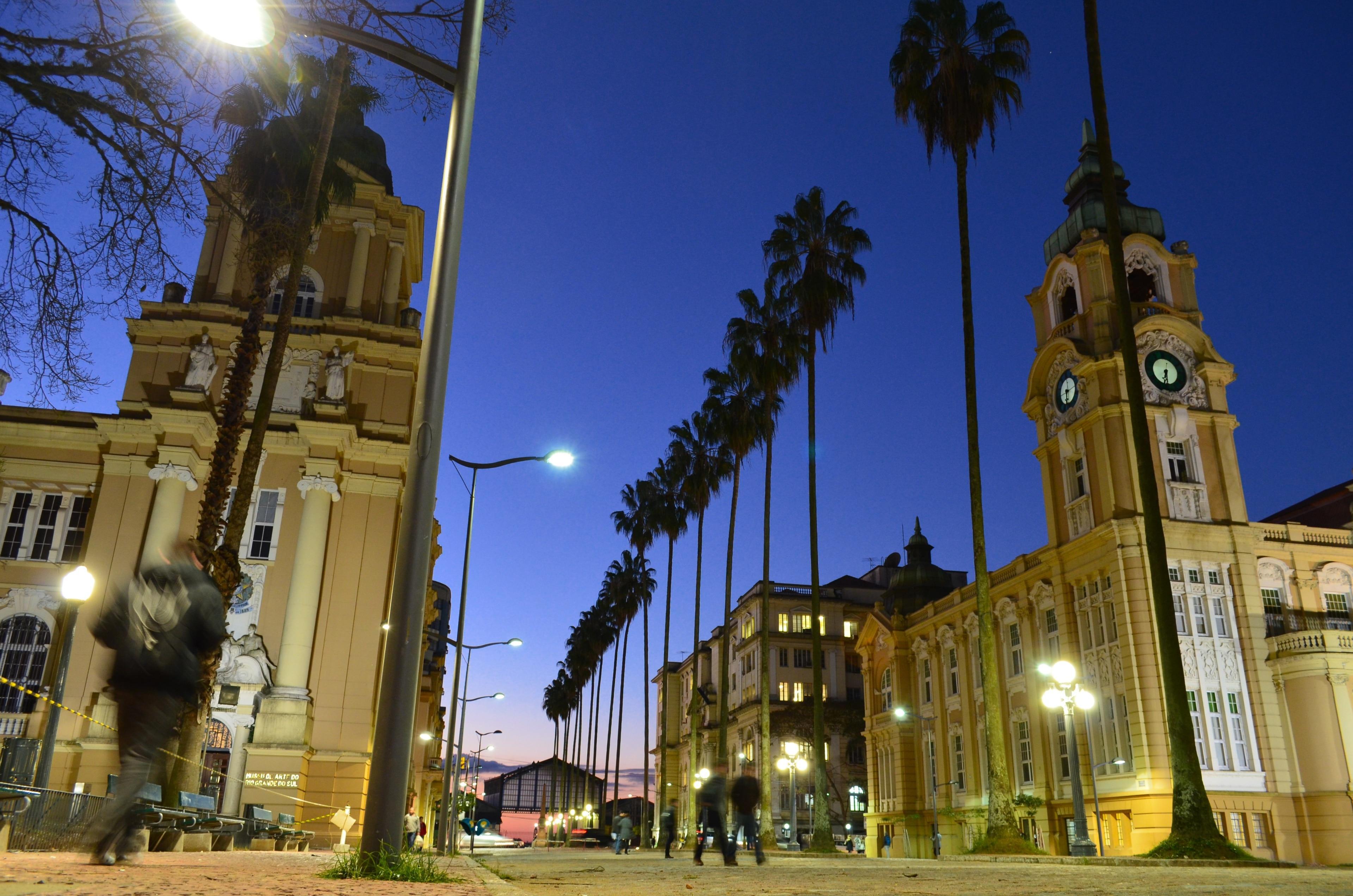
Embed Image
The Rio Grande do Sul Museum of Art, or MARGS, is an iconic cultural institution in Porto Alegre, Brazil, known for its impressive collection of contemporary and historical artworks. The museum is housed in a striking neoclassical building, designed by the Brazilian architect Theodor Wiederspahn in the 1920s. Its architectural style and unique features make it a visually stunning location for visitors to explore. The museum showcases a diverse range of art forms, including paintings, sculptures, and installations, providing a comprehensive overview of the region's artistic heritage. Additionally, MARGS offers interactive tours and activities that allow visitors to engage with history and gain insight into the cultural significance of the artworks on display.
In addition to its architectural and artistic significance, the Rio Grande do Sul Museum of Art holds a special place in the cultural landscape of Porto Alegre. It serves as a hub for academic achievements and research areas related to the arts, offering opportunities for visitors to attend lectures, workshops, and events. The museum's collection features rare manuscripts, books, and artifacts, providing a unique opportunity for the public to access and engage with historical and artistic resources. Furthermore, the institution is actively involved in preservation efforts and restoration projects, ensuring the continued conservation of valuable cultural heritage. Visitors can explore the museum's public access and reading rooms, gaining deeper insights into the region's cultural history and artistic achievements.
For tourists visiting Porto Alegre, the Rio Grande do Sul Museum of Art is a must-visit destination for an immersive cultural experience. The museum's accessibility and visitor information make it an inviting and enriching destination for art enthusiasts and casual visitors alike. With its diverse collection and guided tours, MARGS offers a unique opportunity for hands-on learning experiences and interactive exhibits. Visitors can explore the museum's landscape design and features, as well as its conservation efforts and eco-friendly practices. For an optimal experience, it is recommended to plan a visit during times when special cultural events and festivals related to the site are taking place, providing additional opportunities for engaging with the local art and cultural scene.

